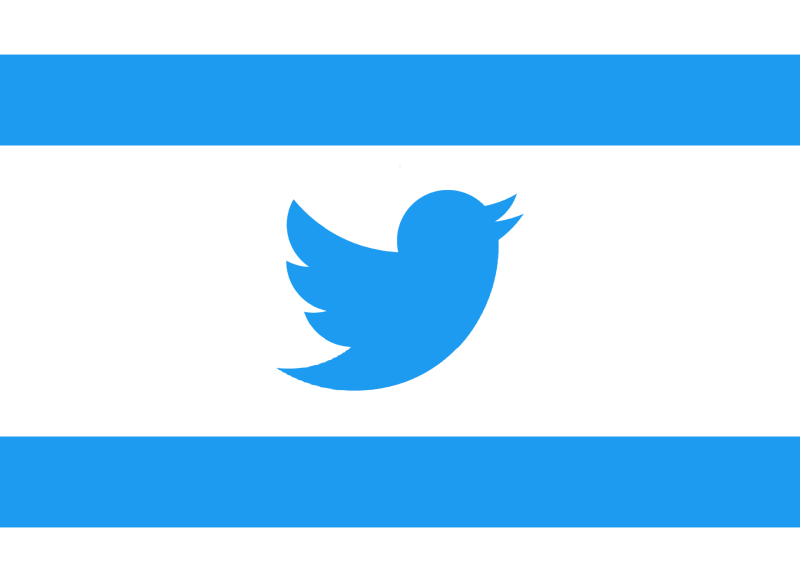
Journalist accuses Twitter of stealing special tick concept for heads of state

Twitter and its owner, Elon Musk, have been accused of stealing the concept of a new label or “tick” for the accounts of prominent individuals, including heads of state, by a journalist based in Mumbai city who has filed a complaint of cheating.
Twitter assigns a blue tick to ordinary verified accounts, but those of prominent personalities — such as Prime Minister Narendra Modi or US President Joe Biden — get a brown tick.
Also Read: Trinamool Congress’ Twitter handle hacked; profile picture, name changed
In his complaint filed before a magistrate’s court in suburban Andheri, journalist Rupesh Singh sought action under Indian Penal Code sections 420 (cheating), 406 (criminal breach of trust), 120B (criminal conspiracy) and the Copyright Act.
The complaint was filed on March 1, but the details were available on Friday.
Besides Musk, the complaint also named former Twitter India head Manish Maheshwari.
Being a senior journalist, writer and director, he is very active on Twitter, Singh said in the complaint filed through Advocate Niraj Gupta.
He noticed that all verified Twitter accounts have blue ticks whether they are of ordinary users or prominent personalities likes heads of state, he said.
Also Read: Twitter fires senior exec who slept on office floor, led Twitter Blue relaunch
Singh developed and created the concept that verified Twitter accounts of prominent personalities should be given different-colored ticks, and shared it on the wall of the microblogging site in May 2022, the complaint claimed.
But the accused, in a very “pre-planned and afterthought manner”, did not reply to his concept but after a few months the same idea of different-coloured tick was implemented without giving him credit and remuneration, it alleged.
The accused, hatching a criminal conspiracy, played a fraud upon the complainant, caused him huge wrongful loss and also “mental and physical torture”, the complaint said.
The court will hear the matter on March 17.
(With agency inputs)

